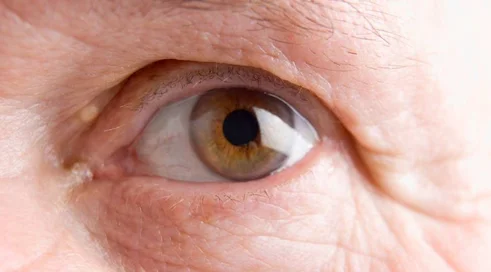Migraine is a fairly common disease, as it affects 10-12% of the world's general population, which means that in Poland about 4 million people suffer from it. They are usually active people, as migraine affects the age group from puberty to menopause. Women are more often affected.
Migraine is characterized by severe, paroxysmal headaches and accompanying symptoms originating in the central nervous system, such as nausea, vomiting, hypersensitivity to light and noise. These are known as autonomic symptoms. In some cases (15-30%), there are also so-called auras, or focal neurological symptoms (usually various visual disturbances), which last from 5 to 60 minutes and precede the onset of headache and autonomic symptoms. Although visual aura is the most common, other forms of aura are less common, such as sensory aura (associated with sensory disturbances, such as wandering tingling), motor aura (involving, for example, temporary paralysis of various parts of the body) or aura with speech disturbances (the patient speaks gibberish and has difficulty finding the right words).
Migraine - episodic or chronic?
In addition to the division into migraine with and without aura, the division into episodic and chro...
Content locked
To gain access to the complete English section of the Medexpress.pl, kindly reach out to us at [email protected].


















